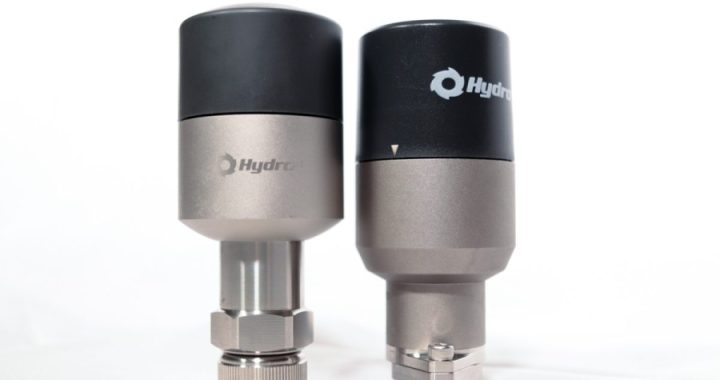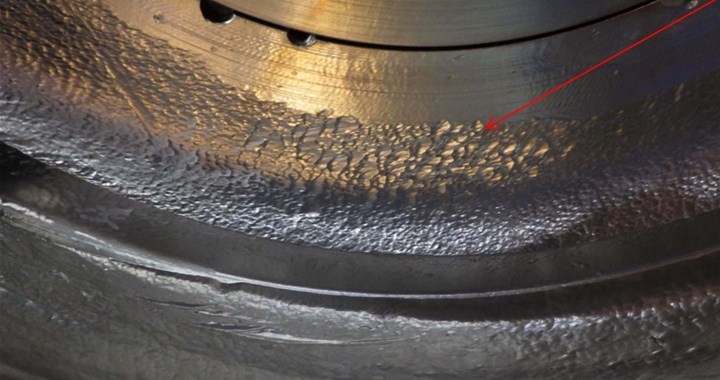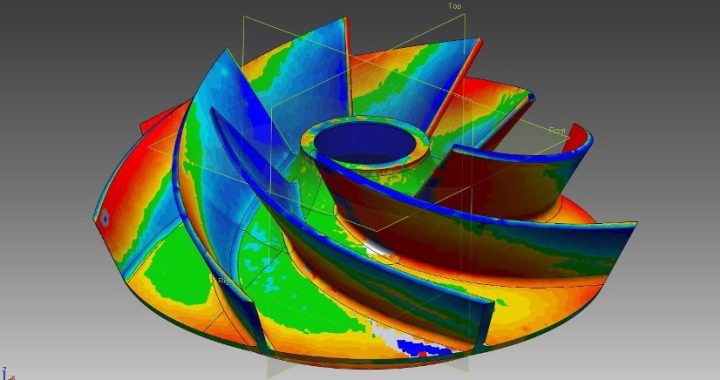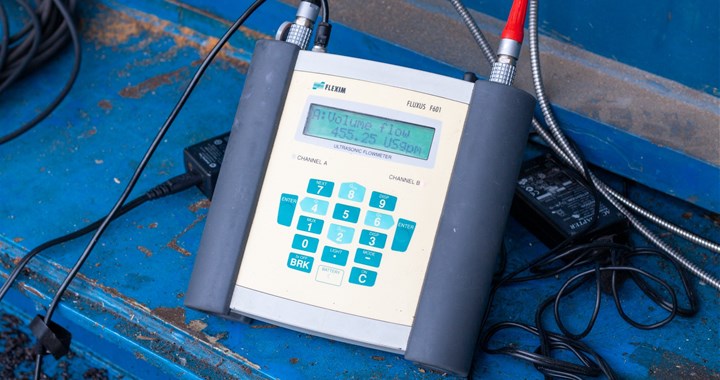Hydro’s condition monitoring solution, Centaur, is currently being used to monitor rotating machinery at a Gulf Coast terminal facility. Through Hydro’s Centaur system, real-time vibration amplitude levels and temperature levels are collected and stored at several measurement locations on compressors and their drive trains. Analysts at Hydro’s Monitoring and Diagnostic Center help to evaluate the collected data. They use their subject matter expertise to make recommendations to the end user when they identify actions that could minimize downtime and maximize the lifespan of the monitored machinery. Continue reading
News
Fertilizer Focus: Volute Reprofiling Resolves Vane Pass Vibration
A hot potassium carbonate pump at a nitrogen fertilizer plant had been experiencing elevated vibration at vane pass frequency. Recognizing that this vibration likely contributed to shortened equipment life, the end user partnered with Hydro to investigate the root cause of the vibration and modify the pump as necessary to remove it.
When the vibration and performance indicated that it was time to take the pump out of service for refurbishment, it was sent to Hydro’s Chicago service center for inspection and analysis. The inspection showed significant damage caused by component contact and erosion.
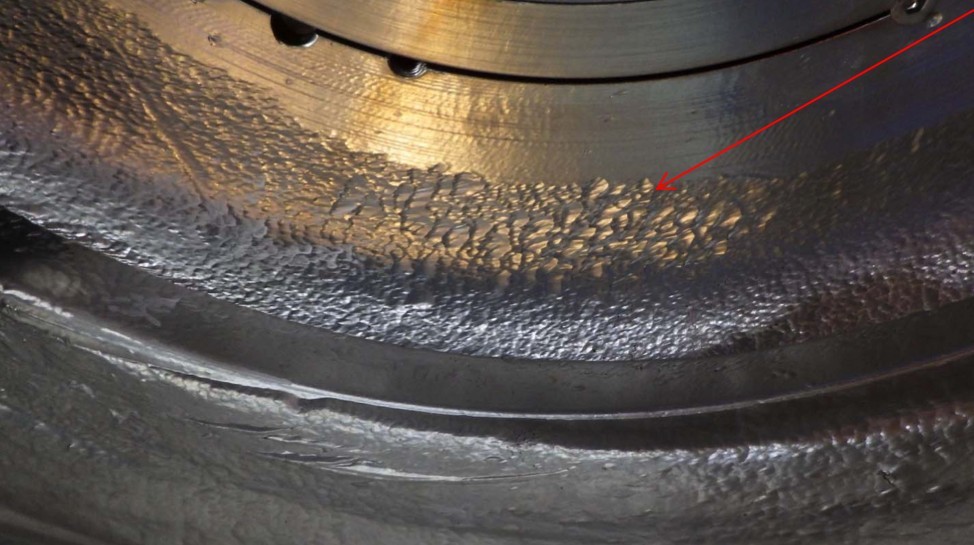
After reviewing the inspection data, an engineering analysis was completed on the design to determine what could be done to eliminate the vibration. The engineering team determined that the vane pass vibration was related to shock waves caused by the high energy fluid impacting the volute lip. This was intensified in the first stage, where the 4-vane impeller was discharging into a dual volute. The volute lip was reprofiled to reduce this impact and provide a smoother transition from the impeller exit into the volute passage.
The upgraded design was tested in Hydro’s performance test lab. This gave the end user confidence that the hydraulic performance of the pump had not been negatively affected by the volute lip geometry modification. It also verified that the vibration amplitudes had been reduced. After successful testing, the modified pump was returned to the field, where it continues to run smoothly.
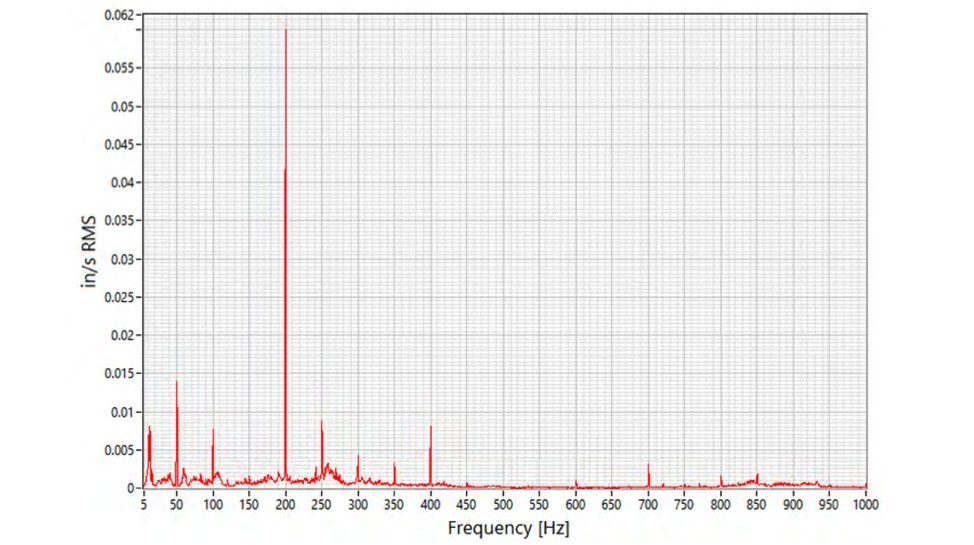
1. Reduced Vane Pass Vibration Observed During Testing
Fertilizer Focus: Expedited Sourcing for Replacement Casing
A Midwest US fertilizer plant had a boiler feed pump whose casing suffered from significant erosion damage at the packing gland location. The damage to the casing was severe enough that it was unusable. The delivery time and cost for a new pump both exceeded what the plant felt comfortable with, so they looked for alternative means to return the pump to reliable operation.
To provide a solution that reduced cost and lead time, Hydro’s Chicago service center explored various outlets for a used casing that could be refurbished for the service. Fortunately, a casing that matched the original boiler feed pump’s size and number of stages was found and procured.
Understanding the importance of casing geometry for hydraulic and mechanical performance, Hydro’s engineering team performed an extensive analysis of the two cases to verify geometric equivalency. After the engineering analysis concluded that the used case would meet the required hydraulic performance, it was refurbished and brought up to best-in-class tolerances.

As a final check to ensure that the refurbished case would operate smoothly and achieve the desired performance, the newly assembled pump was tested at Hydro’s performance test lab. The test lab generated a full performance curve that verified that the pump met the design operating flow and head. Mechanical performance was also assessed to ensure that vibration was acceptable throughout the operating range.
By reusing an old casing instead of purchasing a new pump, the site was able to reduce the cost of the repair. More importantly, the repair was completed in a much shorter timeframe than it would have taken to source a new pump. This greatly reduced the risk to plant production of not having a spare pump available on-site.
Resonant Mode Detected and Resolved in Critical Condensate Pump
A Midwest power utility customer was experiencing increased vibration after a refurbished Condensate pump was reinstalled on-site. They reached out to Hydro Reliability Services to help troubleshoot the vibration issue and determine if it was a problem inherent to the equipment or the result of the refurbishment. Continue reading
Quality Inspection Uncovers Impending Short-Term Failure
Often, a simple shortcut or misstep in a pump maintenance procedure or rebuild can lead to unforeseen and excessive life cycle costs, or ultimately catastrophic failure.

1. A tension test can verify 100% perpendicularity and parallelism of components.
When an end-user could not rotate its critical boiler feed pump shaft to align the pump to its driver, a combined cycle plant contacted an aftermarket pump service provider to examine a problematic third-party pump rebuild, as well as remove, inspect, and repair the failing equipment.
Prior to disassembling the recently rebuilt pump, the aftermarket pump service provider performed a visual inspection to see if there was any evidence of incorrect assembly procedures. The most apparent defect was observed on the outboard side of the pump. The shaft sleeve should have .250” minimum clearance between its face and the labyrinth seal, but the sleeve had been rammed into the lab seal making the pump shaft impossible to turn.
Before shipping any rebuilt pump, it’s essential to perform a quality assurance check to confirm the shaft turns freely. However, in this case, a few critical steps may have been overlooked during the pump’s previous maintenance work.
Read the full article in the May/June 2022 World Pumps Magazine.

